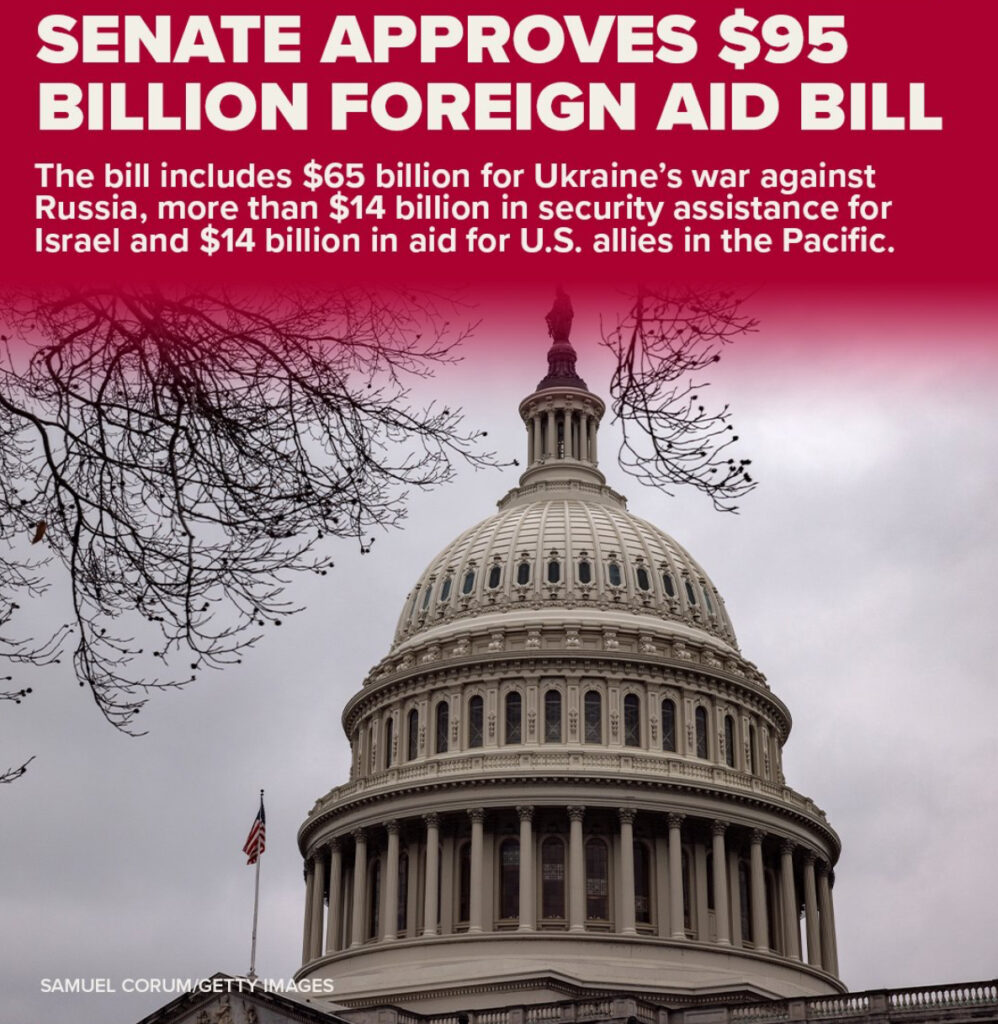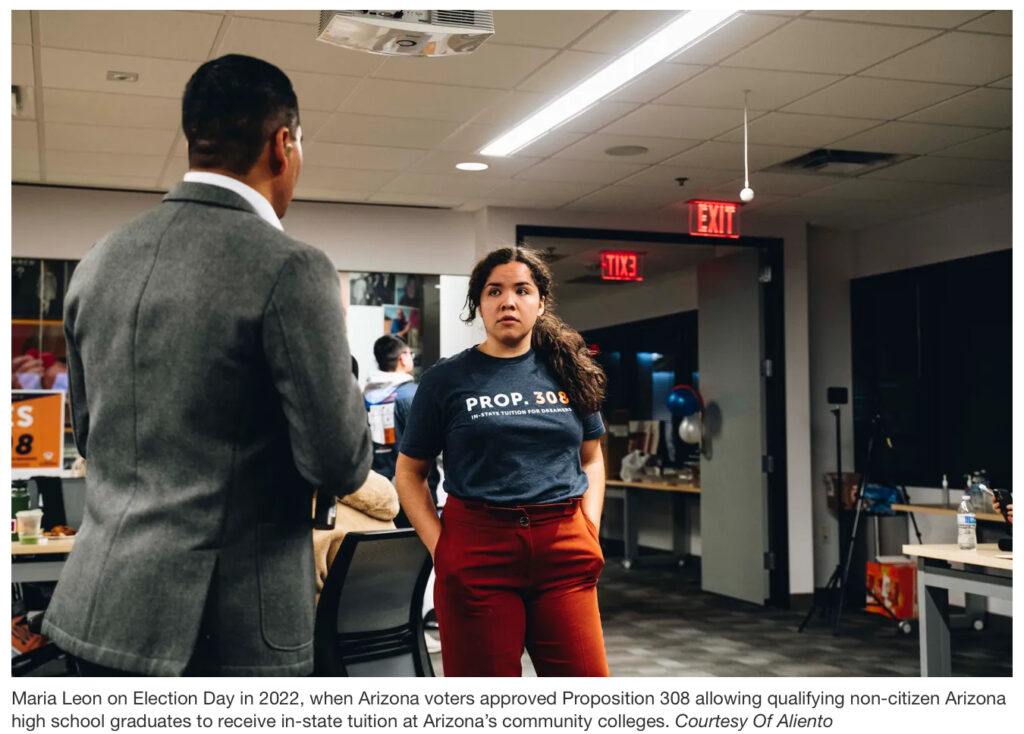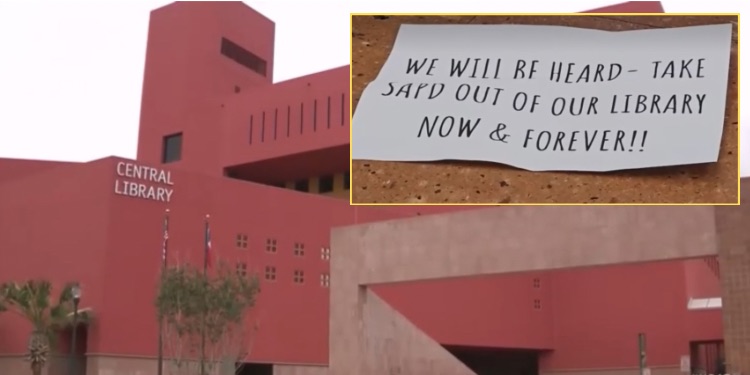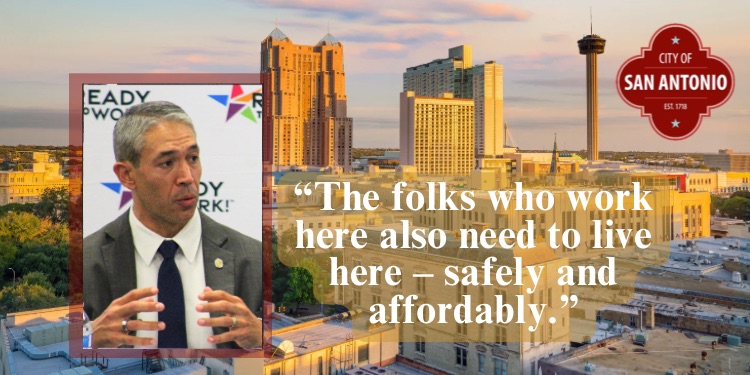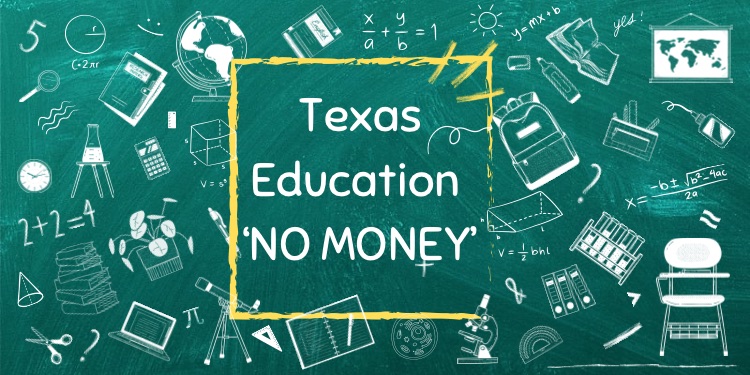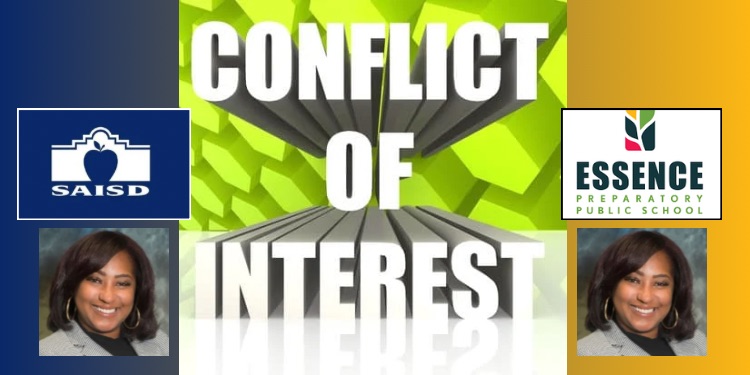How the $95 Billion U.S. Aid Package Supports Allies Amidst Rising Global Tensions
Years of U.S. foreign assistance has produced more fiction than fact when it comes to how American tax dollars are being spent around the world. The $95 billion package passed by the House with broad bipartisan support on Saturday will provide military aid to Ukraine and Israel, give humanitarian assistance to civilians in Gaza, and helping U.S. allies in the Indo-Pacific region countering China.
The U.S. plans to provide Ukraine with $61 billion, including $13.8 billion for weapons purchases and over $9 billion in forgivable loans for economic assistance.
Around $26 billion is allocated to support Israel and provide humanitarian aid to Gaza, with about $4 billion earmarked for replenishing Israel’s missile defense systems. Over $9 billion of the total is designated for humanitarian assistance in Gaza during the Israel-Hamas conflict.
Approximately $8 billion will be allocated to support U.S. allies in the Indo-Pacific region and counter China, with over $3.3 billion designated for submarine infrastructure and development, and an extra $1.9 billion for replenishing weapons supplied to Taiwan and other regional allies.
As the American people continue to express of their concerns of needing such to spend more on domestic affairs or having disapproval of which country the money is being allocated to. So far the U.S. government has spent $3.25 trilllion in the 2024 fiscal year, compared to the federal spending of $3.15 trillion increasing 3% to a total of $103 billion. Foreign aid usually makes up less than 1 percent of the U.S. budget. However, in the recent years it has increased to nearly 3% of government spending. In 2023, $61 billion dollars was spent in foreign aid, making up 1.9% of the $3.15 trillion. Since then foreign aid spending has been up 1%, at a whopping $95 billion dollars totaling to 2.9%.
The United States uses foreign aid as a foreign policy tool to further its interests abroad, while it also aims to promote democratic and humanitarian outcomes for the benefit of all people. While $95 billion sounds like a lot of money and our foreign aid spending is higher than usual, Congress will spend at is necessary to advance our security and prosperity. It can be a hard sell when our own country is focused on economic recovery, but the fact is, sustainable development creates stronger economies.
The bill now moves to the Senate, where the Democrats hold a slight majority and had passed a similar proposal over two months ago. Senate discussions are set to commence on Tuesday, and President Biden has indicated he will quickly sign the legislation into law.





